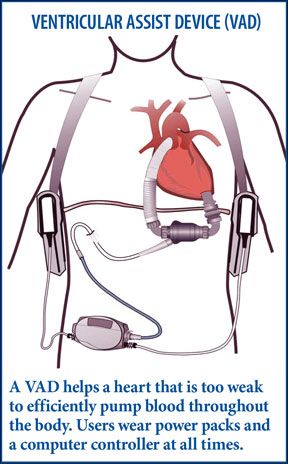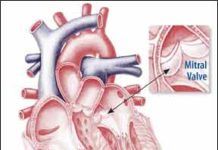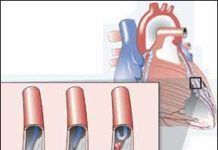In the mid-1970s, Cleveland Clinic surgeons developed a pump that could assist a failing heart until a donor heart could be found. Today, ventricular assist devices (VADs) are still used as a bridge to transplantation. But more importantly, VADs are giving a greater number of patients with severe heart failure the chance to lead a longer, better life. The latest models are being used as alternatives to transplantation (destination therapy) or to buy time while optimal treatment is determined (bridge to medical decision). "The new pumps are sturdy, longer-lasting and less prone to infection. We have few problems with them," says Cleveland Clinic heart transplant surgeon Gonzalo Gonzalez-Stawinski, MD. With a low overall mortality rate of 9.7 percent for VAD patients, Cleveland Clinic has been approved by the Centers for Medicare and Medicaid Services and Food and Drug Administration (FDA) to offer these life-saving devices as treatment for heart failure.
To continue reading this article or issue you must be a paid subscriber.
Sign in






